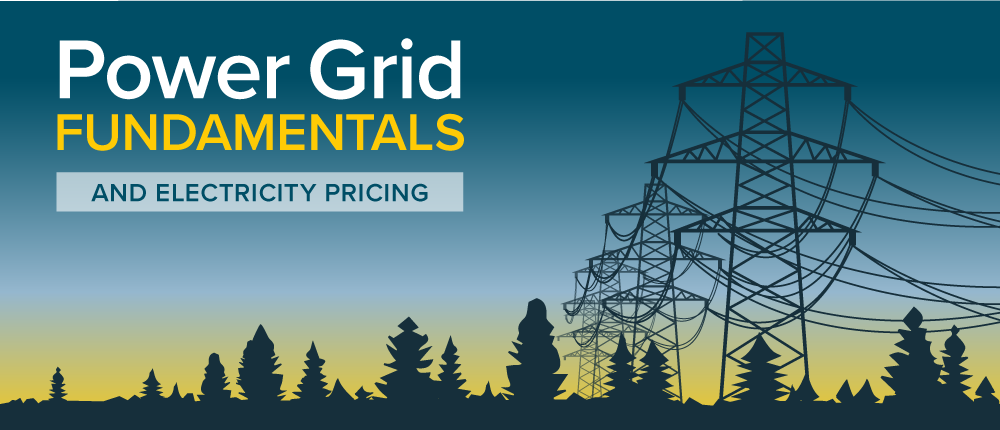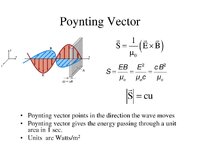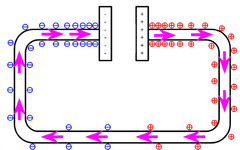rockman7892
Electrical
- Apr 7, 2008
- 1,171
This is a question which I've wondered about for quite some time and although I think the answer comes down to commercial agreements as opposed to flow of electrons I was curious to hear from some of the experts here.
As an example I've heard of scenarios where a new generation plant or renewable asset was being built to provide power to a particular customer (say large data center) or load center that may be located in a very remote geography from the generation plant (for example lets say across a state or even multiple states away). There is an example here in FL where I am with a generation plant in the central part of the state being used to alleviate generation and cost in the southern part of the state.
In the example above lets say there are no direct transmission lines to serve load centers directly from generation and thus power must flow across bulk power transmission system to reach its load. Obviously the flow of electrons and power cannot be controlled and thus in above scenarios generation power may flow through multiple utilities, municipals, etc... In this case how exactly does a remote generator impact a customer in a remote location directly when it has to pass through several other utilities or stakeholders?
I'm assuming it has something to do with commercial and bilateral agreements between stakeholders but cant quite put my finder on it. I don't see how a bilateral agreement between two remote locations can stand alone when the power flow from point a to b is impacted by general electrical wholesale market (day ahead trading etc..).
Would love to learn how this process works if anyone has insight.
As an example I've heard of scenarios where a new generation plant or renewable asset was being built to provide power to a particular customer (say large data center) or load center that may be located in a very remote geography from the generation plant (for example lets say across a state or even multiple states away). There is an example here in FL where I am with a generation plant in the central part of the state being used to alleviate generation and cost in the southern part of the state.
In the example above lets say there are no direct transmission lines to serve load centers directly from generation and thus power must flow across bulk power transmission system to reach its load. Obviously the flow of electrons and power cannot be controlled and thus in above scenarios generation power may flow through multiple utilities, municipals, etc... In this case how exactly does a remote generator impact a customer in a remote location directly when it has to pass through several other utilities or stakeholders?
I'm assuming it has something to do with commercial and bilateral agreements between stakeholders but cant quite put my finder on it. I don't see how a bilateral agreement between two remote locations can stand alone when the power flow from point a to b is impacted by general electrical wholesale market (day ahead trading etc..).
Would love to learn how this process works if anyone has insight.




